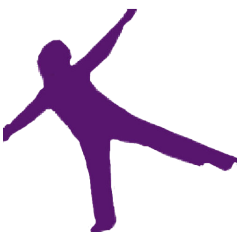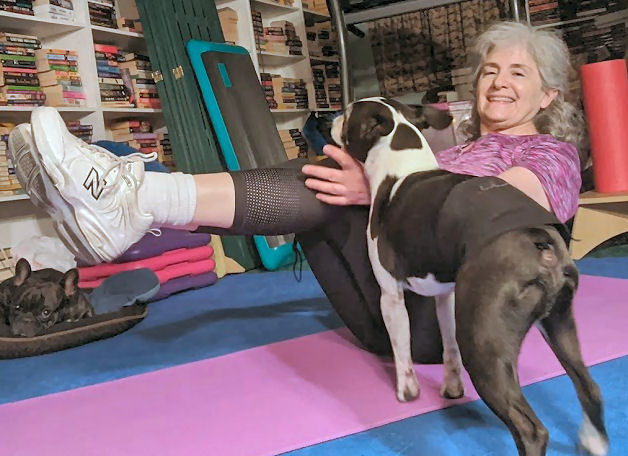Not willing to dive in
“Cold plunging” for health benefits has been around for quite a while. It used to be that cold plunging was an athlete thing, but now it’s gone more mainstream. Celebrities from Kate Hudson to Lizzo to Harry Styles to Lady Gaga are sinking into ice baths for therapy or recovery. And whether it’s a cold shower, a cold bath, or a cold lake in winter, it seems like more regular people like us are joining the party.
I’m not convinced. The thought of sticking a toe into ice-cold water after a workout or lifting my face to a freezing spray of water first thing in the morning does not appeal. The benefits would really have to outweigh the fear to convince me.
Cold plunging health benefits
So, what are the cold plunging health benefits? A study not long ago showed that cold-water therapy can help reduce inflammation and perceived soreness after a tough workout. Hence, ice baths for athletes. But other health benefits of cold plunging include enhanced immune function; decreased levels of pain, stress, anxiety, and depression; and increased alertness and energy. Experts also say that sleep is improved with cold plunging.
I have to wonder how will it affect my healthy aging? Will the numbness extend my life or shorten it? Studies haven’t seemed to address this yet.
How it happens
Immersing yourself in cold water changes how the blood flows through your body. The cold water constricts your blood vessels. So when you climb out of the shower, bath or lake, you warm up and your blood starts to flow through the newly widened veins and arteries. Lalitha McSorley, PT, owner and lead physical therapist at Brentwood Physiotherapy in Calgary, Canada, says “This can help improve overall circulation and oxygenation of the body.”
Willing to take the plunge?
While all that sounds great, I think I’ll get my health benefits from exercise. Exercise lowers blood pressure and improves circulation. It also improves sleep. Exercise certainly boosts my mood and makes me a nicer person.
So, I think I’ll keep my showers warm (OK, lukewarm when the weather is hot) and leave the cold plunging to others. Are you going to try it?







